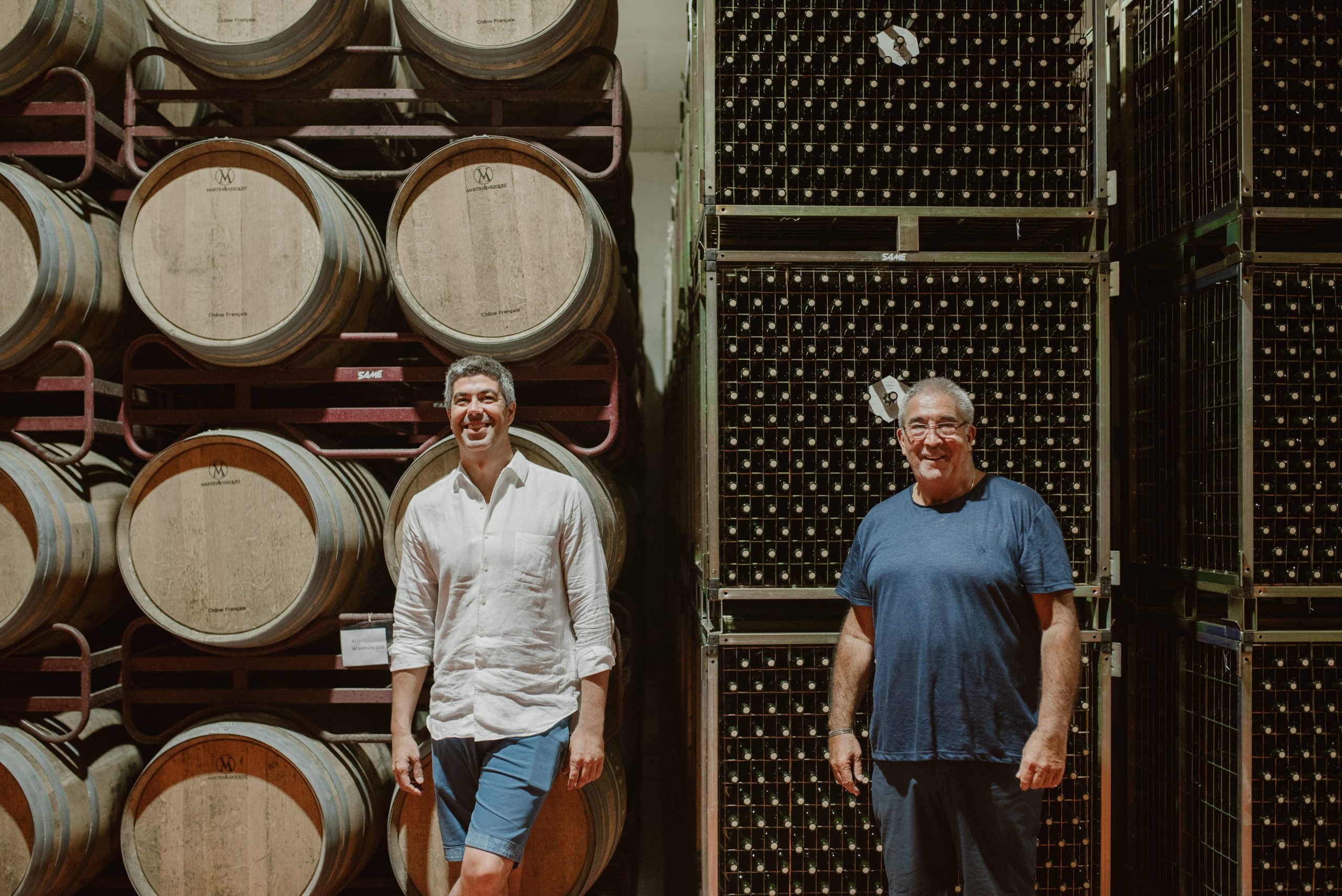En rama is a sign of individuality
Beltran Domecq, president of the DO Jerez Consejo Regulador, has said that the emergence of specialist Sherries such as en rama is a sign of producers’ growing individuality.
Speaking to the drinks business earlier this week, Domecq talked about the processes involved in producing en rama and the opportunities it offered for bolstering Sherry’s image.
Lamenting the extent to which so many Sherries are stabilised prior to bottling, stripping out proteins with bentonite as well as tartrates and micro-organisms along with colour, he said: “En rama is the opposite of stabilised wines with no structure and little colour. It’s how fino really is.”
“They have more taste, they’re more complex. It’s incredible that people stabilise the wines so much after all the investment they have put into ageing them.
“The amount taken out is startling.”
He admitted that adding en ramas perhaps meant, “complicating our lives even more”, in an already complex category, however he also saw it as a sign of increasing individuality.
“Producers want to do different things, it’s more de-standardised. I think it’s wonderful, I wish I’d had the chance to make them in my youth.
“People always say that the wine is best tasted in the butt and that’s what this is (referring to en rama).
“Sherry is moving from a mass product to one with more individuality.”
What is more, the breadth of flavours and colours even within the en ramas was extraordinary.
The older they are aged the darker and more Amontillado-like they become but Domecq said to think along the lines that fino had to be light and Amontillado dark was wrong – while at the same time admitting that the crossover between the two is a very grey area.
Partner Content
He conceded that en rama would remain a small, niche, category even within Sherry as the need for stabilised, longer lived wines was more important but he did not think that non-stabilised wines necessarily had a “shelf life”.
“The suggestion to drink en ramas within a few months is only the producer telling you when that wine will be at its best,” he said.
“Obviously with minimal stabilisation the colour will get darker and it will evolve more quickly but like all wines if it is a good one it will evolve well.”
In fact, that en ramas are so much more complex gave them even more food matching properties – something very close to Domecq’s heart.
He still recommends chilling the en ramas down to 5-7°C, “even the top ones as the high alcohol can become quite aggressive on the tongue. If you bring it down a bit you enhance the aromas more.”
At the same time they stand warming up in the glass and their aromas will change and evolve and remain interesting.
What is more, Domecq is glad to see that it is not just fino that is undergoing this development but also Amontillados and other very old Sherries.
“There’s more to come outside of the finos,” he declared.




